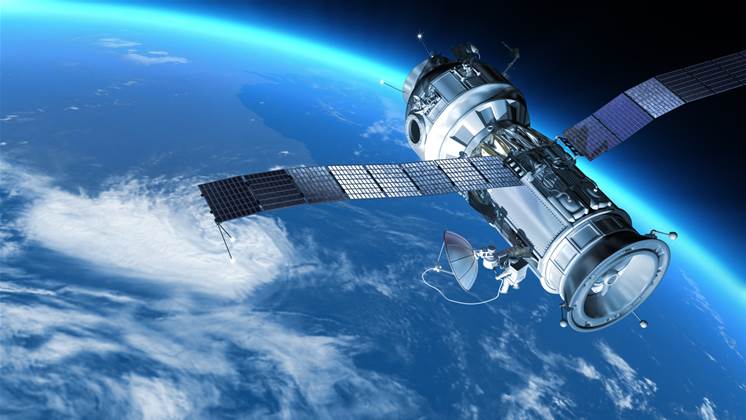Space presents the potential to be a trillion-dollar industry according to Bain and Company.

In a paper entitled “Looking Up to Space” by authors Alex Bhak, Matthieu Vigneron, and Danielle Burgs Escobar, highlights the investment opportunity of an expanded space industry.
While it once seemed lightyears away, the spacesector has embedded itself into the practical activities of life on earth, enabling weather forecasts, live broadcasting and satellite navigation, as well as use cases across sectors including agriculture, utilities, financial services and national security.
According to the authors, "New space programs raise hopes to serve earth’s needs from space. For example, earth-observation could advance smart farming by lowering water consumption, fertilisers, and pesticides by more than 19 per cent while increasing crop production by 10 per cent. Also, satellite observation data could generate rapid mapping to help forecast up to 80 per cent of natural disasters, such as floods, fires, and droughts."
With the rapid development of the sector, the Bain & Co highlights six potential areas of disruption by 2050:
- Future customers
- Social and sustainability rethink
- Geopolitical threats
- Future competitors and evolving business boundaries
- Reconfigured operations and capabilities
- Advances in technology and data
The authors believe that building a strategic plan to prepare for the new and evolving space industry now will allow business to capitalise on the market.
“The space industry is changing at a rapid pace, with new prospectors eager to stake a claim now. Just as the recent digital boom changed the business landscape, the space industry holds the same potential,” the authors say.
“This next frontier will demand a constant stream of innovative technologies, infrastructure, providers, and services. The whole ecosystem will be affected by this new space race.”
Space data can disrupt each industry vertical in the move to data-enabled service business models, the authors say.
“Robust 2050 strategies balance commitment to a bold vision with an explicit set of investments that will prepare an organisation to seize the future as it unfolds, rather than scramble reactively.”
It is not only private businesses looking to prepare for the shift, however. According to Bain and Co, public government space budgets have increased by six per cent during the period of 2015-2020.
Separately, Morgan Stanley recently identified the top ten drivers of investment in the space ecosystem:
- Satellite launches — First things first, we have to get up there
- Satellite internet — Down here, all of us will notice better connectivity
- Deep space exploration — Supply chains will get very, very stretched
- Lunar landings — The work putting men (and women) back on the Moon
- Earth observation — A huge new analytics opportunity
- Asteroid mining — A new source for (ironically) rare earths
- Space debris — Someone has to clean up all that junk
- Space tourism — Enjoying the spoils of space wealth
- Space Research — Decades of work for the white coat brigade
- Manufacturing — Designing the spaceships and everything that drives them



_(22).jpg&h=140&w=231&c=1&s=0)

.png&h=140&w=231&c=1&s=0)



_(26).jpg&w=100&c=1&s=0)

 iTnews Executive Retreat - Security Leaders Edition
iTnews Executive Retreat - Security Leaders Edition












_(1).jpg&h=140&w=231&c=1&s=0)



